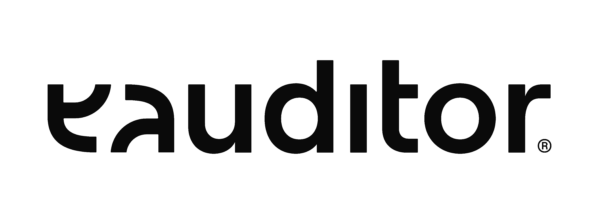IT Management
- Remote computer management
- Task management via server
- Remote installation
- Software Asset Management (SAM)
- Automation server
Table of contents
What is IT management?
IT management includes the administration of both IT resources, such as hardware, software, data, servers and networks, as well as employees using the infrastructure With proper IT management, all of a company’s resources are used in accordance with company needs and regulations In addition, IT infrastructure management is a highly complex process, involving budgeting, organizing, controlling and any issues related to fixing emerging defects.
Components
IT management is concerned with monitoring the infrastructure located in an organization and the users who use its resources. Proper management of IT resources affects the optimization of work and includes, among other things:
Benefits
Managing hardware and software resources in companies is crucial for operational efficiency and cost control. Particularly in the context of remote work, employees’ business devices should be properly prepared and monitored. Effective IT management allows you to track resource usage, which can lead to a reduction in unnecessary hardware and software purchases. Implementing solutions that automate the management process is key to operational efficiency and cost control.
Want to learn more about IT management? Read our article “An effective IT management system – what to look for”?


